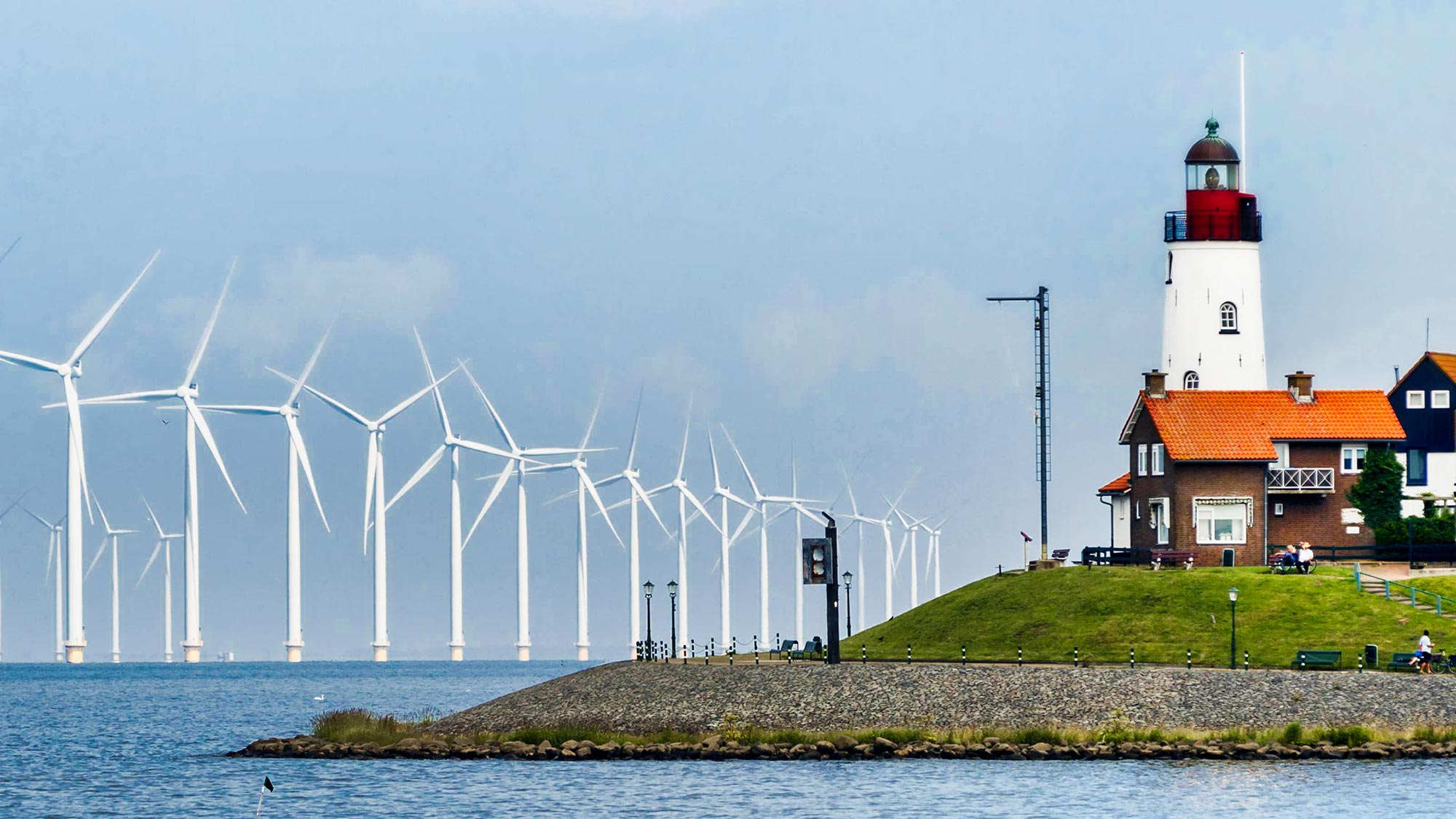Communication-Internet Infrastructure and Energy Resources of the Netherlands
The Dutch infrastructure is among the best in the world. Water connections, highways, railways, ports, airports, digital networks and power plants are highly developed. The Netherlands is a digital pioneer. It is among the leaders in the field of digital infrastructure in Europe. Its digital infrastructure is the driving force of the large, rapidly expanding internet economy and has a profound impact on the future economic situation of the Netherlands. It shows that the Dutch are a successful society in digital growth and profit from it, as the digital infrastructure reveals its effects on both the internet economy and the digital society. Digital Infrastructure is also a key driver for the global market, with global companies based in the Netherlands serving the EU.
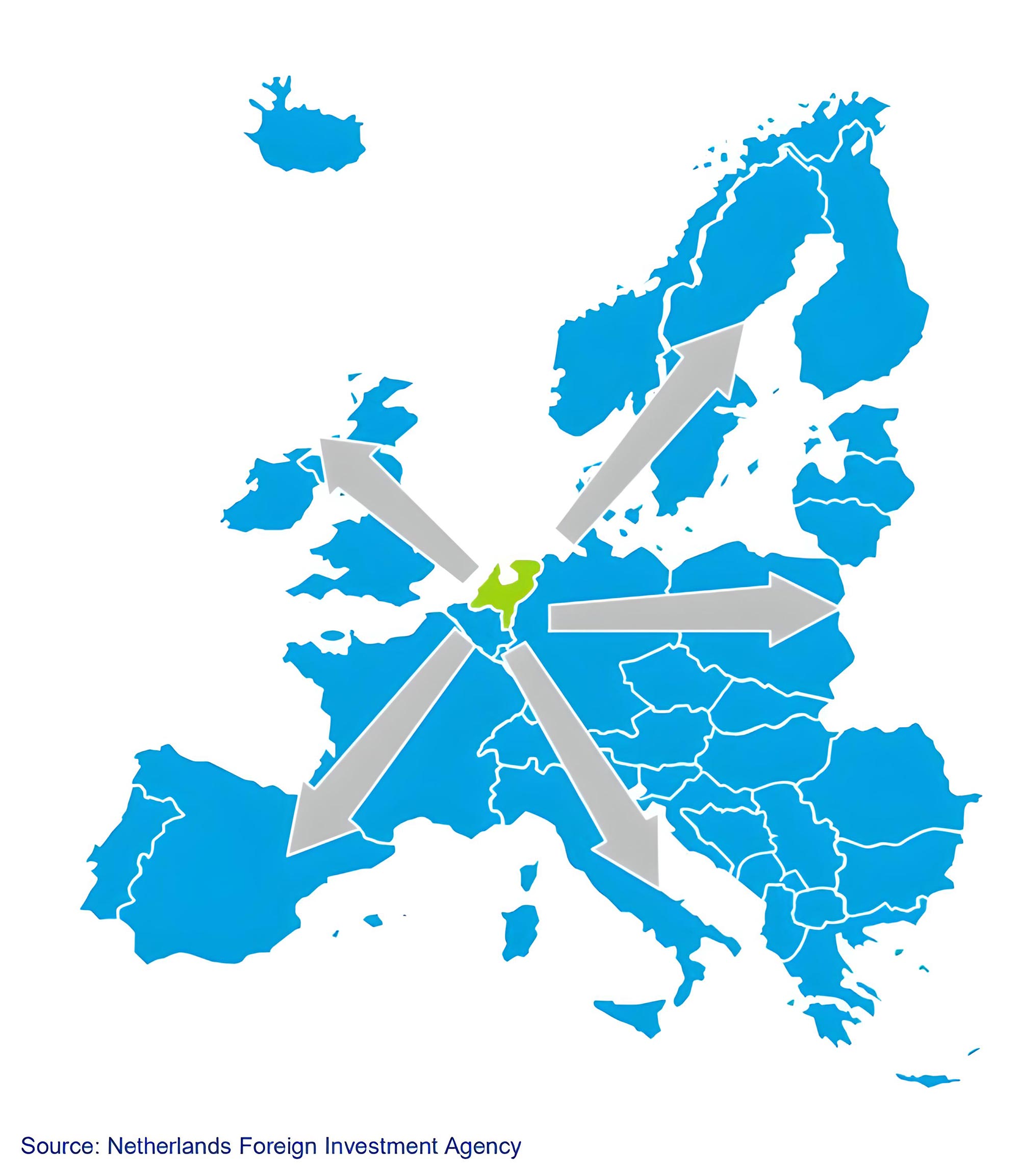
Figure 1: Global Companies in NL to Serve the EU
Many companies prefer the Netherlands to choose a location in Europe with its network connections, central location and infrastructure advantages. The Netherlands is home to the world’s top technology and Internet companies as the gateway to Europe and the Internet. For example, Google has invested 600 million Euros in a data centre located in Delfzijle (NFIA, NRC website; Parool website, 2014). In 2011 IBM Softlayer chose the Netherlands as its European headquarters. It has invested over 100 million Euros by establishing a large data centre.
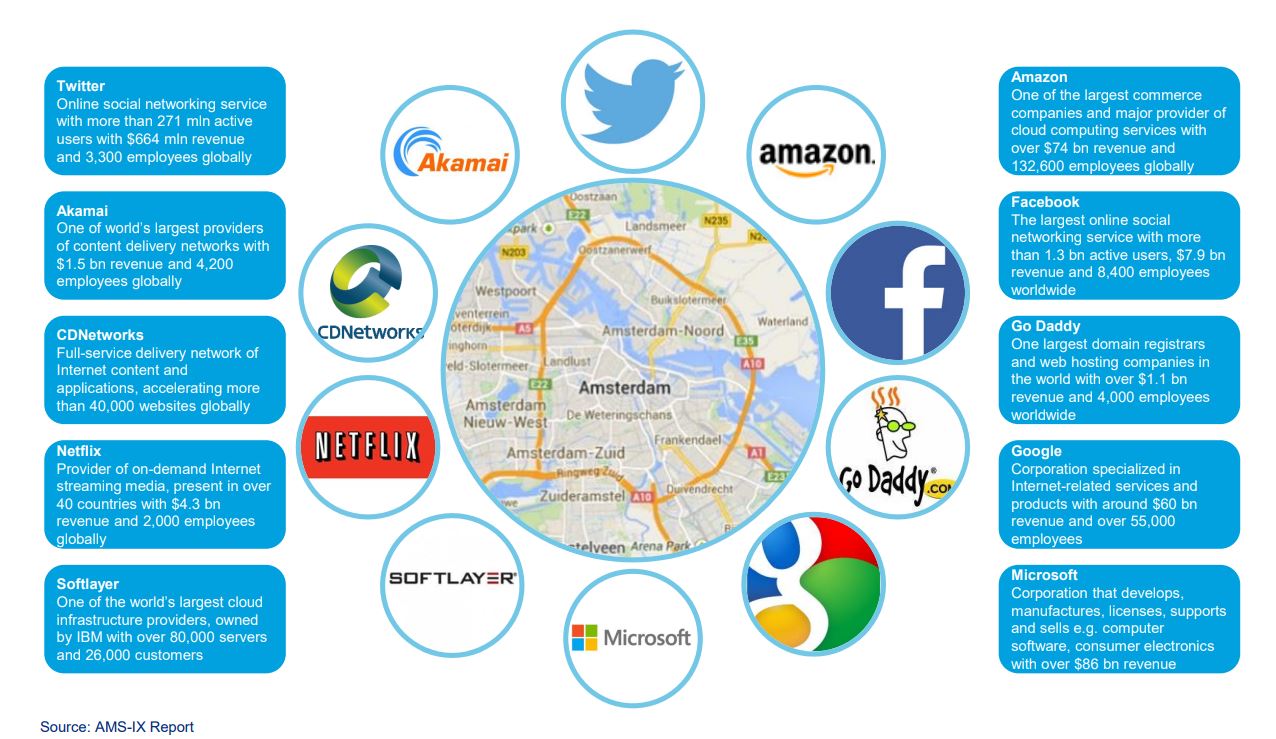
Figure 2: NL is Hosting the top of the World’s Technology and Internet Companies as a Gateway to Europe and the Internet
It hosts AMS-IX, one of the world’s leading internet exchanges. AMS-IX remains the world’s largest internet exchange. It is among the elites of Europe in this regard. Its digital infrastructure offers 99% 4G coverage within 98% fast broadband coverage. It has the lowest rate of latency in the world and in the EU, together with its wide coverage. The Internet of Things is above the EU and US average in big data areas. With these features, the Netherlands is becoming the IT (Information Technologies) delta of Europe. Internationally, it is an attractive place for businesses and researchers, while generating growth with employment opportunities. The Netherlands Digital agenda promotes further digitization of the Dutch economy. Digitalization is increasing in fields such as education, infrastructure, security, industry, energy and health.
The Dutch telecommunications system began to be privatized by the Government in 1989. In 1999, there were 70 internet service providers in the Netherlands. It is known as the first society to start using third-generation mobile communication systems in Europe. It has 5 underwater cables for communication, 3 ground stations receiving satellite broadcasts and 2 communication satellites. Efforts to convert existing communication cables to fibre optic cables are also continuing.
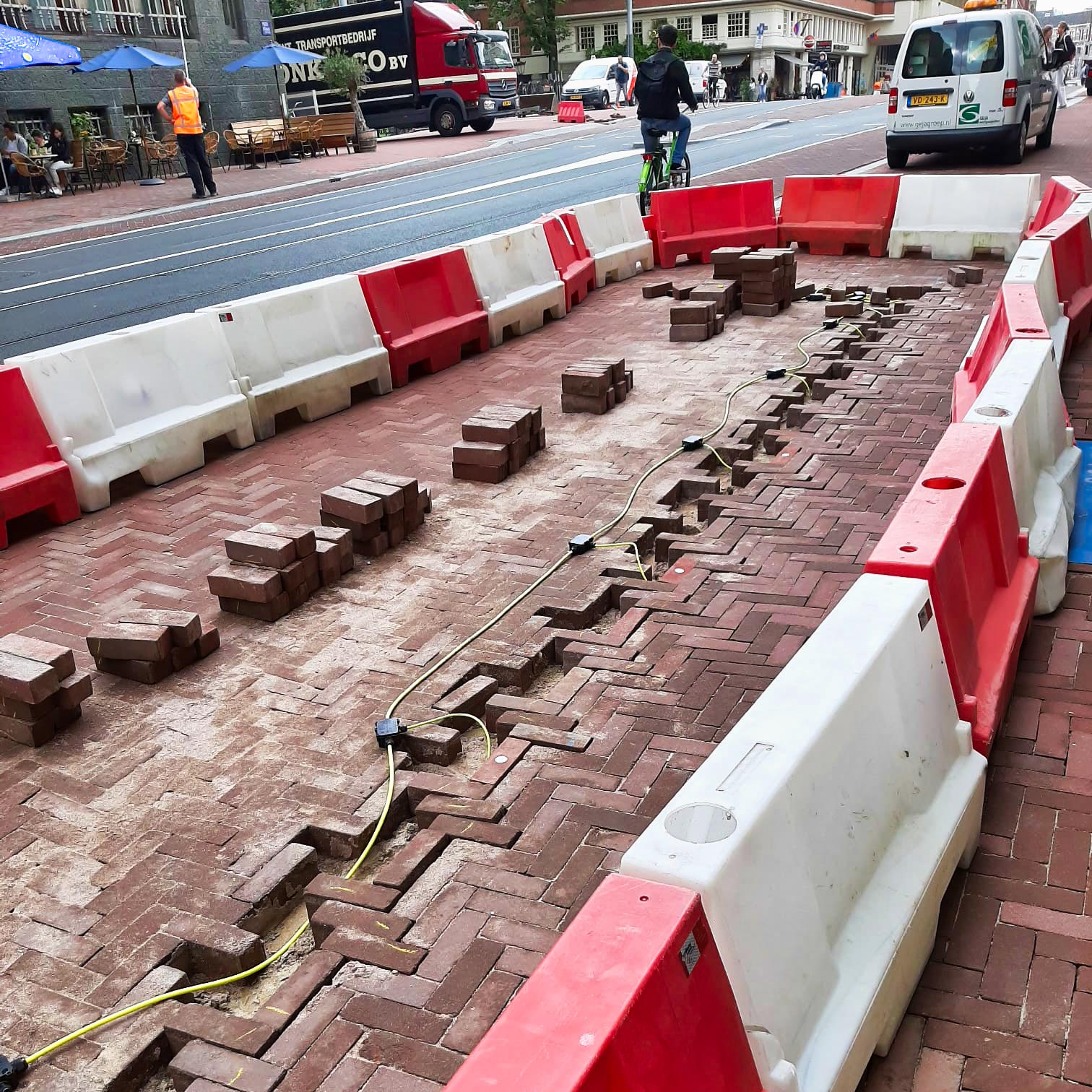
Figure 3: An Infrastructure Work in Amsterdam – Saadet Gökmen Archive
A briefing can be made with numbers about the place of the Netherlands in information and communication technologies. Since 2010, investments in ICT (Information and Communication Technologies) continue to increase. The contribution of ICT to economic growth in the business world is at least 25%. The Dutch internet economy is also estimated to be 5.3% of GDP and growing by 9% per year. There are 70,000 ICT companies in the Netherlands. 47 billion Euros are spent on the ICT sector. 23 billion Euros are invested in software, new media, cloud services and games. In 2015, 7800 new ICT companies were opened. While 28.5 billion Euros worth of exports were made in the field of ICT, 50 million Euros were imported. 24% of Dutch companies sell online and almost 100% of companies have internet access. 356,000 people, 4% of all employees, work in the field of ICT. The employment rate in the sector grows by an average of 8% per year, meaning that it has created more than 3000 jobs in 5 years. 97% of households have internet access and high-speed internet coverage is almost 100%. 70% of Dutch people have been shopping online for more than 12 years. More than 10 million Dutch pay for their purchases online via internet banking. While there are 23 million mobile phone connections, 73% of Dutch people have one or more phones. It is ranked 2nd globally in the Netherlands Digital Economy and Society Index.
The Netherlands also has an advanced system for energy sources. The Energy for Sustainable Growth Agreement, implemented in 2013, has made significant progress in the transition of the energy sector. This agreement will reduce the use of fossil fuels and increase the increasingly flexible supply of decentralized and sustainable local energy. The government’s conclusion of the Energy for Sustainable Growth Agreement with 40 groups, including employers, trade unions and environmental organizations, also summarizes the objectives.
Dutch energy consumption increased by 12% in the period 1990-2015. It is known that natural gas and petroleum products intensified in the period until 2005 and 2006. While coal is mainly used for electricity generation, natural gas is used in areas such as electricity generation, heating and transportation. Natural gas consumption has been declining since 2010, and this is explained by the reduction in consumption due to heating with milder winters. In addition, the contribution of natural gas to electricity generation has decreased. With the commissioning of 3 new coal-fired power plants in 2013-2015, the use of coal increased by one-third. Since 1990, the use of natural gas in the industry has decreased by about 20%, while the use of petroleum and petroleum products has increased by about 40%. Since 2010, oil consumption has declined to the level of the late 1990s. The use of energy as a raw material has also increased by almost 30%. In 2016, food tobacco with 8%, iron-steel with 4%, and paper-printing with 2% took place in total energy use.
The main user of energy in the Netherlands is the industrial sector. Industrial companies use about 35% of the total energy. 75% of industrial use in 2016 belonged to the chemical and pharmaceutical industry. Energy consumption from transportation increased by 23% in the period 1990-2016, while 45% of the consumption belongs to private cars and 25% belongs to commercial vehicles. Although consumption decreased from 2009-2014, it has started to rise again since 2015. The main user of this rise has been maritime transport. Another sector that uses energy is the service sector. Energy consumption in the service sector increased between 1990 and 2016 and increased by 30% compared to 1990. In the agricultural sector, there was a 5% decrease compared to 1990.
The use of renewable energy started to increase in the 1990s. While 1.1% of the total energy used in the 1990s was from renewable energy sources, this level increased to 1.6% in 2000. In 2016, it increased to 6%. While it was 7.4% in 2018, 8.6% of the total energy in 2019 consists of renewable energy. In 2020, this rate was expected to be 14% according to EU directives. The compulsory use of biofuels in transportation has also been very effective in the increase in renewable energy. Almost three-quarters of renewable energy is generated by electricity and heat generation in waste incineration plants and electricity generation from biomass. The second most used renewable energy source is wind energy. A high rise has occurred with the installation of a 600-megawatt offshore wind farm north of the Wadden Islands. While the installed wind power on land increased by 250 mW in 2016, the solar installed power reached a record with an increase of 500 mW. The reason for these increases is due to the projects subsidized by the Sustainable Energy Production Incentive. In 2019, renewable energy consumption in the Netherlands increased by 16% compared to 2018. As mentioned, these increases mostly consist of biomass burning, wind and solar energy.
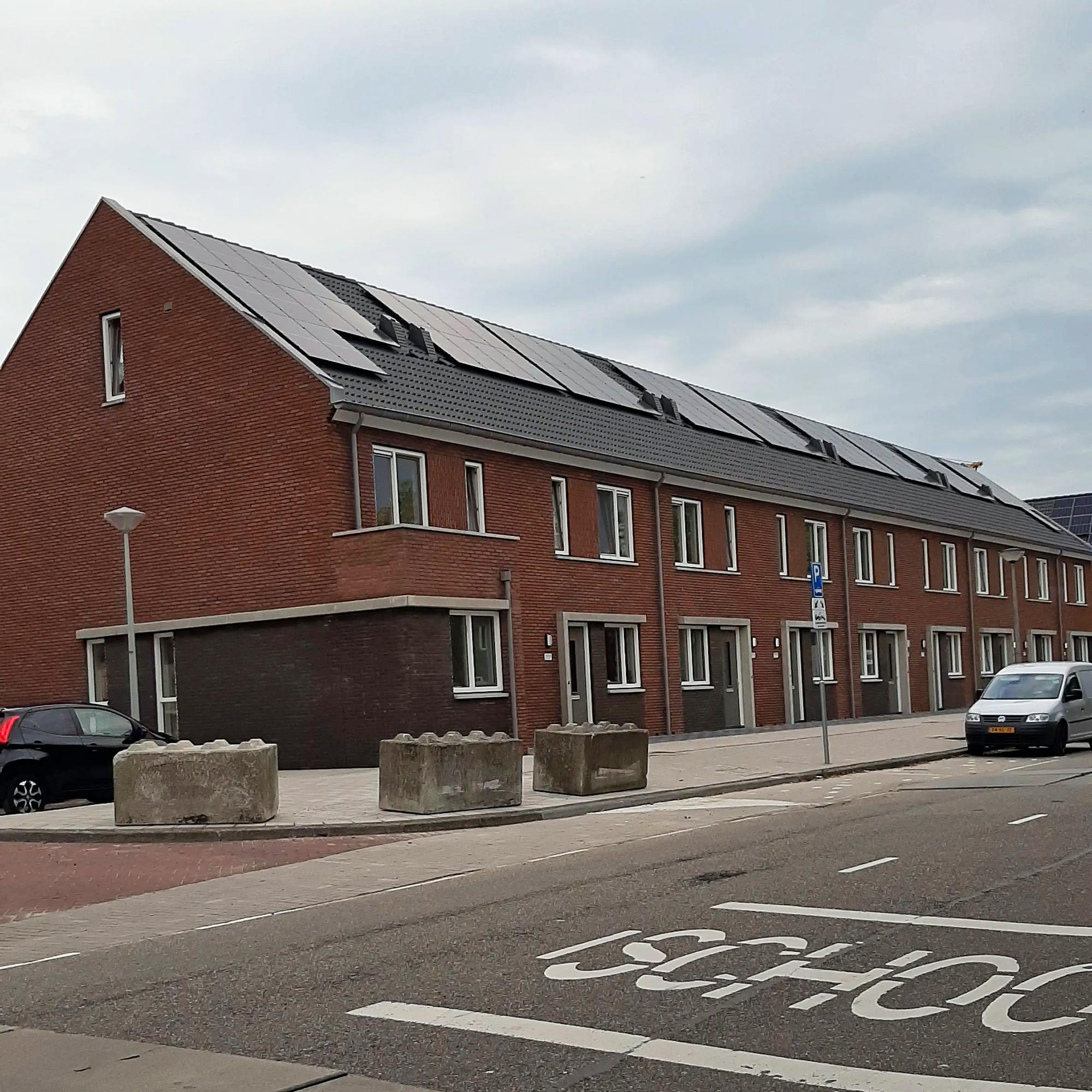
Figure 4: Example of Solar Panels on Roofs – Saadet Gökmen Archive
The Energy Agreement for the energy sector is crucial to the Netherlands’ renewable energy goals and energy savings. Renewable energy generation has been promoted by the government for years. There is an incentive plan called Stimulation of Sustainable Energy Production, which has been in effect since 2011. As a subsidy system, this subsidy is designed for industry, agriculture, enterprises, the built environment, electricity and communications. It provides incentives to increase renewable energy and reduce CO2.
Different incentives are offered for sustainable energy. The Renewable Energy Grant Scheme (SDE+) is used for large projects such as geothermal heat and solar parks. Renewable energy grants with smart technologies are provided, along with smart grids that combine generation and storage. Energy Investment Tax Credit is given for energy efficient, environmentally friendly technology. Investment grants (ISDE) are applied for heat pumps, solar water heating methods, biomass boilers. While investments in energy efficiency and production increase by developing new technologies, it continues to increase competition in the national sense. It is supported in companies developing technologies such as electric vehicles and neutral buildings.
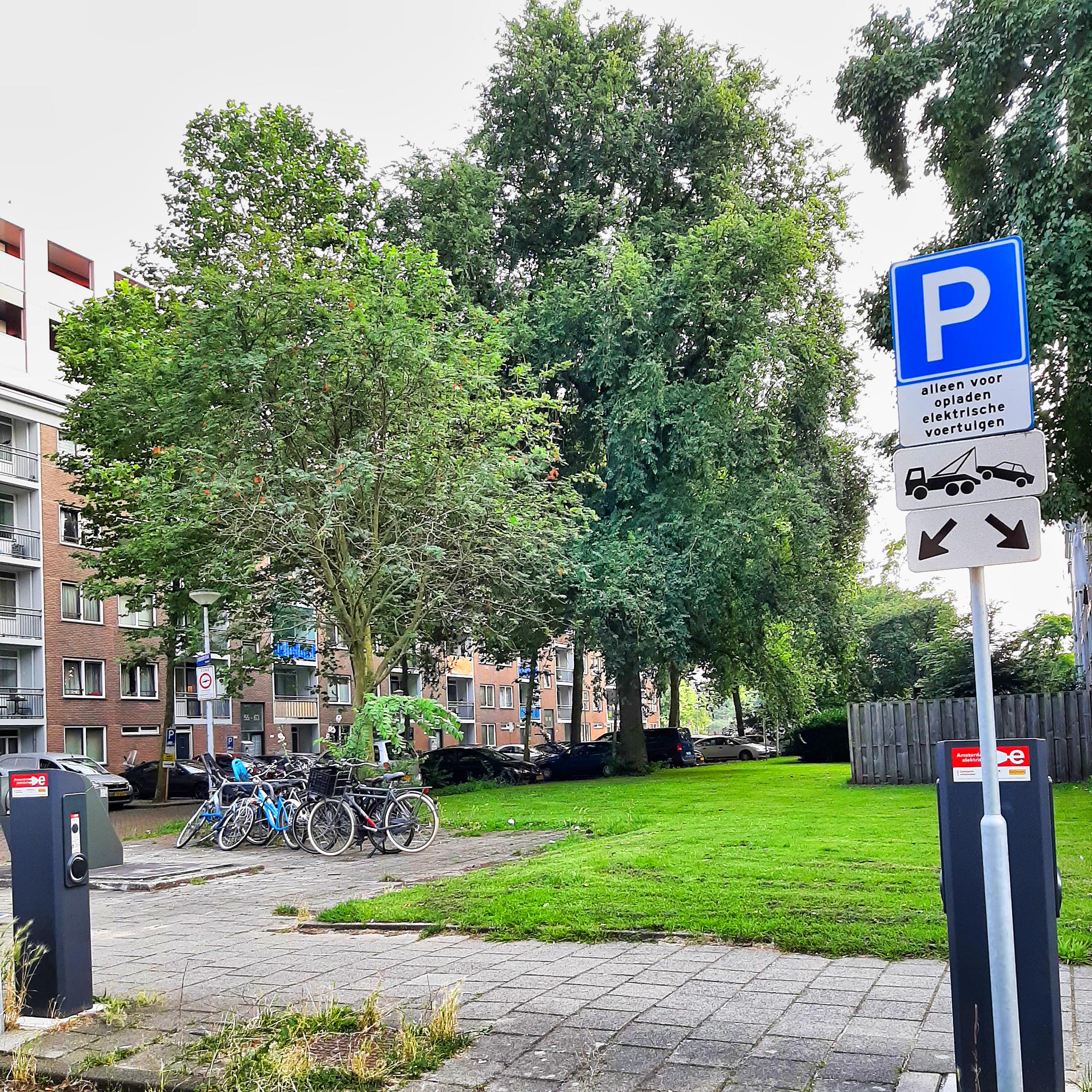
Figure 5: Electric Vehicle Parking Lot – Saadet Gökmen Archive
The facility, which is an example of the solar power plant and was built on the lake in the city of Zwolle, has the capacity to meet 6% of the city’s energy needs, with advanced technology and a unique design. It produces uninterrupted energy using advanced technology with 73 thousand of solar panels and 13 transformers. It is also a step taken to use the useless areas functionally in countries such as the Netherlands, which has a small surface area and a high population density. In terms of wind energy, two large-scale wind farms are being renovated.
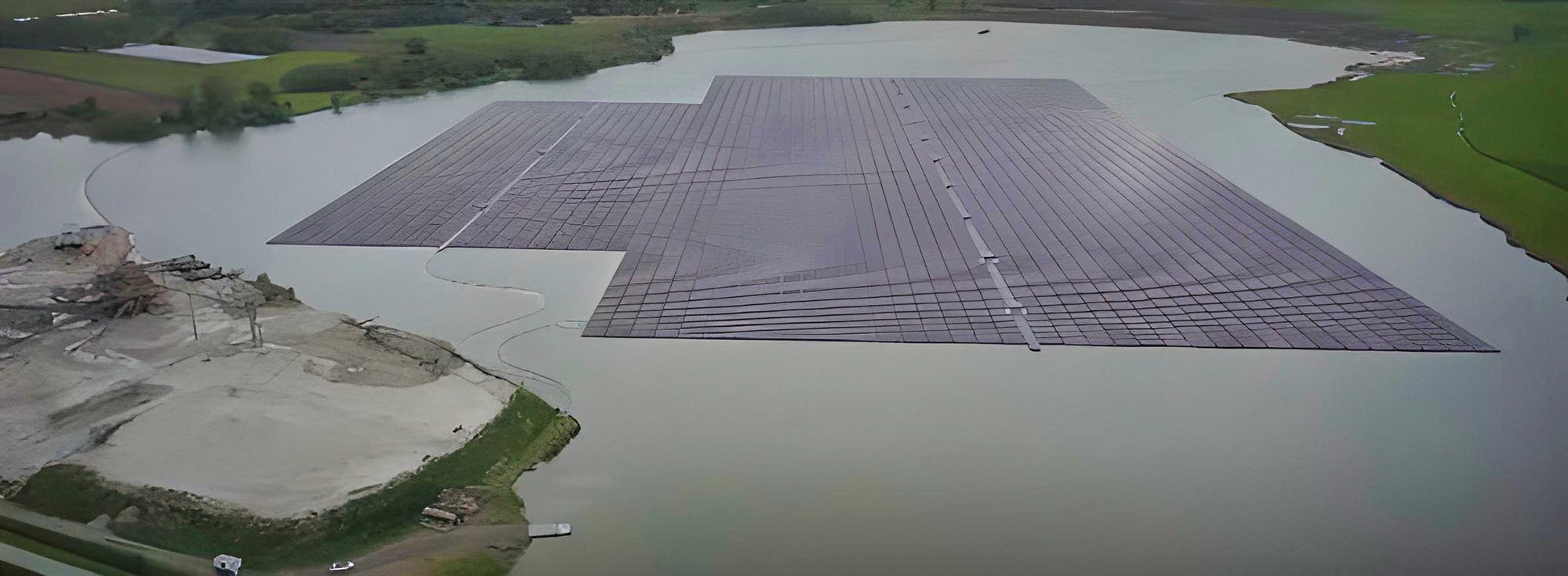
Figure 6: Solar Panel
As of 2018, the distribution of energy is as follows: 42% natural gas, 37% oil, 11% coal, 5% biomass and the remaining 5% among solar, wind, hydroelectric, geothermal and nuclear resources. The Netherlands uses more and more energy. It needs alternative energy sources for transportation and heating because its gas reserves are running out. In the Netherlands, which is a country dependent on natural gas, there is not yet a new energy system that can take the position occupied by natural gas. As the central government takes steps to increase sustainable energy production and conserve energy, efficiencies from wind and solar energy are also increasing. For now, the aim is to establish a balance between phasing out the use of natural gas and oil and increasing the use of other resources. The Netherlands also wants to reduce its greenhouse gas emissions to zero by 2050. CO2 emissions are expected to be 80-95% lower than in 1990. By 2023, it is planned to make 16% of all energy used sustainable. It aims to use 100% sustainable energy by 2050.
References
https://investinholland.com/why-invest/infrastructure/
https://www.government.nl/topics/ict/ict-and-economy
https://hivepower.tech/renewable-energy-in-the-netherlands-what-you-should-know/
https://nlnet.nl/project/digitalmainport/DriverForTheOnlineEcosystem.pdf
Figure 1: https://nlnet.nl/project/digitalmainport/DriverForTheOnlineEcosystem.pdf
Figure 2: https://nlnet.nl/project/digitalmainport/DriverForTheOnlineEcosystem.pdf
Figure 6: https://tr.euronews.com
Main figure: https://www.bbc.com/turkce/haberler-dunya-43596073
